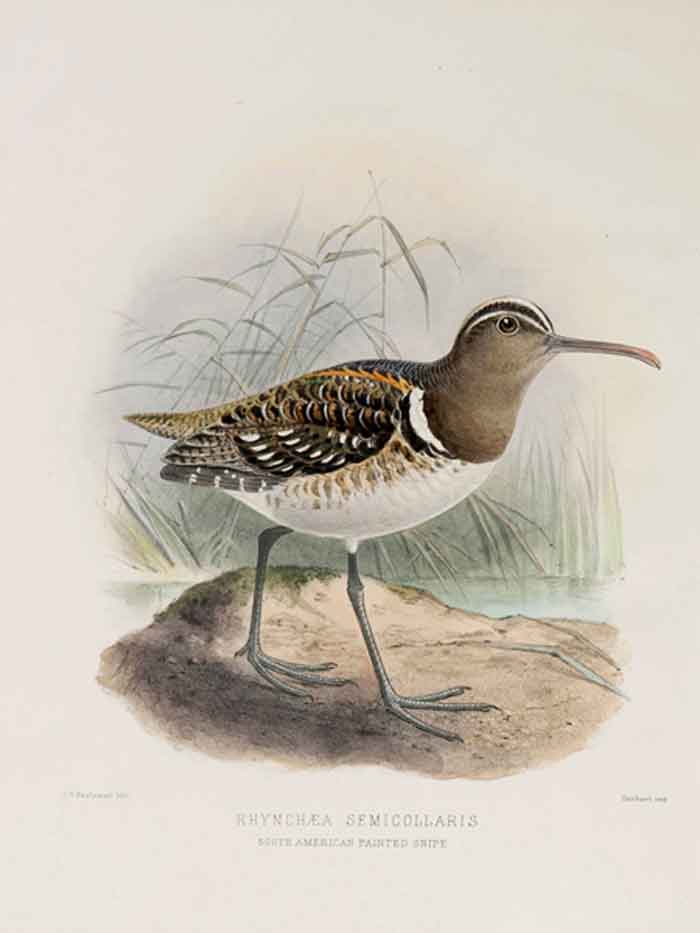
Superregnum: Eukaryota
Cladus: Unikonta
Cladus: Opisthokonta
Cladus: Holozoa
Regnum: Animalia
Subregnum: Eumetazoa
Cladus: Bilateria
Cladus: Nephrozoa
Superphylum: Deuterostomia
Phylum: Chordata
Subphylum: Vertebrata
Infraphylum: Gnathostomata
Megaclassis: Osteichthyes
Cladus: Sarcopterygii
Cladus: Rhipidistia
Cladus: Tetrapodomorpha
Cladus: Eotetrapodiformes
Cladus: Elpistostegalia
Superclassis: Tetrapoda
Cladus: Reptiliomorpha
Cladus: Amniota
Classis: Reptilia
Cladus: Eureptilia
Cladus: Romeriida
Subclassis: Diapsida
Cladus: Sauria
Infraclassis: Archosauromorpha
Cladus: Crurotarsi
Divisio: Archosauria
Cladus: Avemetatarsalia
Cladus: Ornithodira
Subtaxon: Dinosauromorpha
Cladus: Dinosauriformes
Cladus: Dracohors
Cladus: Dinosauria
Cladus: Saurischia
Cladus: Eusaurischia
Subordo: Theropoda
Cladus: Neotheropoda
Cladus: Averostra
Cladus: Tetanurae
Cladus: Avetheropoda
Cladus: Coelurosauria
Cladus: Tyrannoraptora
Cladus: Maniraptoromorpha
Cladus: Maniraptoriformes
Cladus: Maniraptora
Cladus: Pennaraptora
Cladus: Paraves
Cladus: Eumaniraptora
Cladus: Avialae
Infraclassis: Aves
Cladus: Avebrevicauda
Cladus: Pygostylia
Cladus: Ornithothoraces
Cladus: Ornithuromorpha
Cladus: Carinatae
Parvclassis: Neornithes
Cohors: Neognathae
Cladus: Neoaves
Ordo: Charadriiformes
Subordo: Charadrii
Familia: Rostratulidae
Genus: Nycticryphes
Species: Nycticryphes semicollaris
Name
Nycticryphes semicollaris (Vieillot, 1816)
Type locality: Paraguay.
Synonymy
Totanus semi-collaris (protonym)
References
Vieillot, L.P. 1816. Nouveau Dictionnaire d’Histoire naturelle, appliquée aux arts, à l'agriculture, à l'économie rurale et domestique, à la médecine, etc. Par une société de naturalistes et d'agriculteurs. Avec des figures tirées des trois règnes de la nature. Tome 6. 570 pp. + 8 tt. Déterville, Paris. : 402 BHL Reference page.
Vernacular names
català: Becadell pintat fosc
čeština: Slučice jihoamerická
Cymraeg: Gïach amryliw De America
dansk: Sydamerikansk Riksesneppe
Deutsch: Weißflecken-Goldschnepfe
English: South American Painted-snipe
Esperanto: Pentrita galinageto
español: Aguatero americano
eesti: Tõmmunerp
فارسی: پاشلک رنگین آمریکای جنوبی
suomi: Amerikankurppo
français: Rhynchée de Saint-Hilaire
עברית: מקורית אמריקנית
magyar: Amerikai guvatszalonka
Bahasa Indonesia: Berkik-kembang kecil
italiano: Beccaccino dorato americano
日本語: ナンベイタマシギ
한국어: 남미호사도요
lietuvių: Spalvingasis tilvikas
Nederlands: Pampasnip
norsk: Dvergriksesnipe
polski: Złotosłonka amerykańska
português do Brasil: Narceja-de-bico-torto
português: Narceja-de-bico-torto
русский: Южноамериканский цветной бекас
slovenčina: Slukovec krivozobý
svenska: Sydamerikansk rallbeckasin
Türkçe: Güney Amerika boyalı su çulluğu
українська: Мальованець аргентинський
Tiếng Việt: Nhát hoa nhỏ
中文: 半领彩鹬
The South American painted-snipe (Nycticryphes semicollaris), or lesser painted-snipe, is a shorebird in the family Rostratulidae. There are two other species in its family, the Australian painted-snipe and the greater painted-snipe.
Description
Head and neck dark red-brown with a yellow stripe on the crown; upperparts dark grey-brown, spotted white; underparts white. Although the female may be slightly larger and brighter, in contrast to the two other species in the family, the South American painted-snipe is not strongly sexually dimorphic. It has a relatively long, decurved, bill. It has webbed feet, also a difference from the other painted snipe. Measurements: 19–23 cm in length; 65–86 g in weight.
Vocalizations
A hoarse, hissing "wee-oo" has been recorded from birds in captivity.
Distribution and habitat
The species is found in the southern third of South America, from southern Brazil, Paraguay and Uruguay to Chile and Argentina. It inhabits lowland freshwater wetlands, including wet grasslands.
Behaviour and ecology
Breeding
South American painted-snipes are monogamous and breed semi-colonially. The nest is a shallow cup on the ground in a wetland, with a clutch of 2-3 eggs. Breeding has been recorded mainly from July to February.
Feeding
The South American painted-snipe is omnivorous, feeding by probing in mud and shallow water for small animals and seeds, often at dusk.
Status
The South American painted-snipe has traditionally been regarded as a desirable game-bird in Chile and Argentina and has been regularly hunted. It is an uncommon species in its wide range, and may be threatened by drainage of wetlands and other habitat degradation. However, there has been no documented significant decline in population and the species' conservation status remains at one of Least Concern.
References
BirdLife International (2016). "Nycticryphes semicollaris". IUCN Red List of Threatened Species. 2016: e.T22693520A93410269. doi:10.2305/IUCN.UK.2016-3.RLTS.T22693520A93410269.en. Retrieved 12 November 2021.
Vieillot, 1816. Totanus semi-collaris (protonym). Nouv. Dict. Hist. Nat., nouv. éd., 6, p. 402. BHL
BirdLife Species Factsheet
Höhn, E. Otto. (1975). Notes on Black-headed Ducks, Painted Snipe and Spotted Tinamous. Auk 92: 566–575. link
Retrieved from "http://en.wikipedia.org/"
All text is available under the terms of the GNU Free Documentation License

